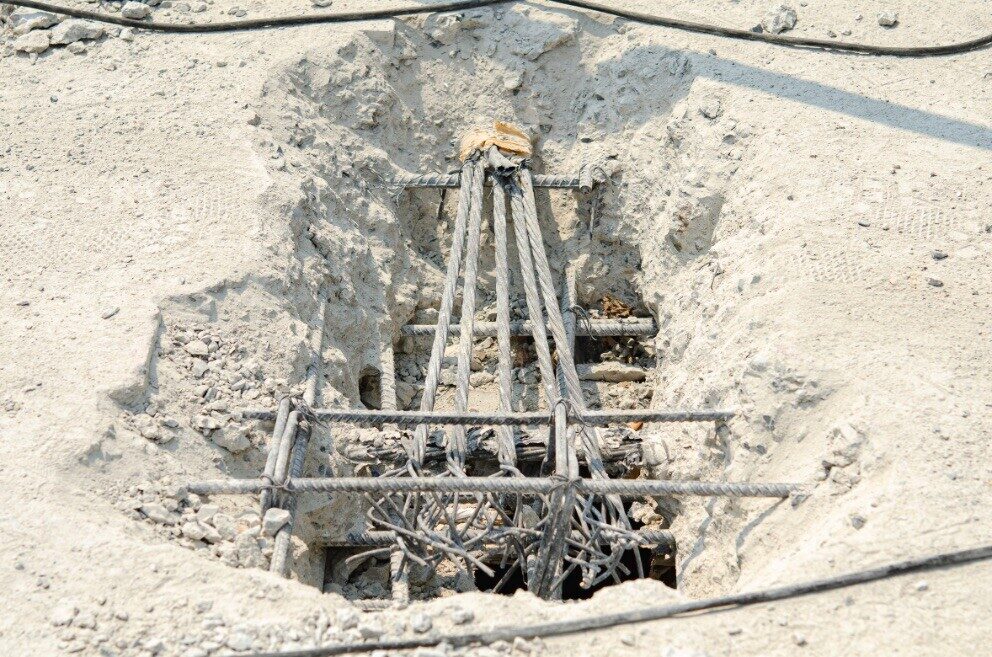
How to Reduce Costs When Building Management Needs Arise
High maintenance, restoration, and repair expenses affect the profitability of a building and company. Keeping these costs to a minimum is ideal but is necessary to maintain a profitable business. Working to reduce these costs with building management systems and building energy management is vital. A reactive approach to building repairs and maintenance can result in excess spending and expenses. Investing in a proactive approach will change the game and reduce structural deterioration.
1. Work to Eliminate Reactive, Unplanned Maintenance Backlogs
It might be tempting to put minor main concerns on the backburner when it comes to building repairs and maintenance, such as commercial glass restoration. However, this is never the best route to take. Ignoring, what appears to be minor issues, can lead to much more severe problems down the road. Before these problems become an emergency in building management systems, address them immediately.
It’s impossible to avoid all emergency maintenance, but having a proactive maintenance plan in place will help alleviate a lot of the stress that comes with urgent and emergency facilities maintenance and repairs. Such a plan must include clearly defined procedures, checklists, and building management sensors to ensure that after-hours emergency maintenance goes as smoothly and swiftly as possible.
2. Use Digital Building Management Tools to Understand Your Maintenance Schedule
Multiple digital and technological tools are available to facility managers and building management systems. Accessing and implementing these tools, including building management sensors, is a game-changer in understanding a maintenance schedule. Technology intelligent building management solutions streamline tasks. Applications, systems, and software provide a control point for building repairs and maintenance.
Work smarter, not harder. Digital tools will make a project manager’s job simpler, boost the project’s productivity, and improve efficiency. Additionally, it helps to minimize cost overruns. These tools help keep maintenance on schedule and avoid unnecessary expenses. To properly plan, monitor, and carry out building management systems and maximize company operations, ensure facility management uses digital building management tools.
3. Conduct Regular Inspections and Testing of Core Building Systems, Including the Building Envelope
Regular inspections and testing of the main components of building repairs and maintenance are vital in protecting and maintaining the longevity of all systems and structural integrity. Facility managers should schedule routine inspections of building management systems to stay updated regarding each moving part’s condition, productivity, and efficiency. The interior of the building is not the only part that needs to be routinely checked. The plaza deck systems, waterproofing, and building envelope are exterior features that need frequent testing. They are possibly even more crucial as these features protect the entire interior and its components.
4. Educate Tenants and Building Maintenance Teams on How to Recognize Signs of Problems
Educating tenants and maintenance teams are vital for building management systems. All parties involved must receive education and training to help them understand possible dangers and the steps to ensure the building’s safe and effective environment.
Teaching occupations and staff what to look for is critical in building repairs and maintenance, such as failed bird proofing. Some ways to communicate this to tenants are distributing newsletters with information, maintenance tips, and building safety solutions, or even posting in frequented areas such as an elevator cab interior. Train staff and maintenance teams with clear communication and warning signs to look out for. For emergencies, ensure clear communication, assigned control points and duties, alarms, and a clear evacuation plan if needed.
5. Set a Clear Procedure for Reporting and Submitting Work Orders
A process is typically ignored or avoided if it is complicated or not easily accessible. Creating a straightforward way for tenants and occupants to report and submit work orders for building repairs and maintenance improves the likelihood that the issue is raised and dealt with promptly. Streamline this process with the available intelligent building management solutions, technology, and software for facilities management and building management systems.
6. Properly Train In-House or Outsourced Staff on the Use of Your Building Safety Systems
In-house and outsourced staff must be adequately trained with the appropriate building safety systems and intelligent building management solutions. Each building has unique needs and requirements, and teams must be trained accordingly. Know the local, state, and federal guidelines for required training and safety. Building management systems must have documented safety regulations and adequately communicate them to all employees, team members, and contractors involved in building repairs and maintenance. Everyone has a responsibility and must be informed of their duties and expectations. Another critical tip to remember is to retrain as necessary.
7. Don’t Forget to Perform Regular Maintenance on Your Assets Used for Maintenance, Such as Scaffolding and Window Washing Equipment
Typically when thinking about maintenance needs and building safety solutions, the building itself and its appliances, such as the HVAC system, come to mind. Things that easily slip through the cracks are assets used for maintenance solutions. These items can include scaffolding and window washing equipment. Ensuring this gear and all assets are in tip-top shape and are routinely maintained is just as vital as the maintenance of the building. The safety of the crew and personnel is at stake, and it is mandatory to take all appropriate actions to ensure security is maintained.
8. Communicate Maintenance Expectations Clearly and Concisely
Managers should clearly communicate all expectations to achieve the desired results. The facility’s staff and third-party vendors must be fully aware of all rules and safety and maintenance regulations. Everybody has a responsibility, and they should receive appropriate and concise training and communication on the obligations and standards that go along with it.
9. Have a Pre-Vetted Field Service Vendor Network
The right service partner and building management systems provide a pre-vetted list of vendors and building repairs and maintenance services. If one resource is not immediately accessible, building management systems should have access to a strong network of professionals who could do the task. Having a backup plan is necessary when it comes to intelligent building management solutions.
All vendors are pre-vetted and handle maintenance situations professionally and competently. Using their network of on-call vendors, facilities managers manage the on-demand building maintenance services while quickly recognizing issues, responding, and resolving emergency maintenance as soon as feasible.
10. Eliminate the Hassle of Paying Multiple Vendors With a Single Point of Contact
A single point of contact limits any confusion with communication and payment. It allows building management systems to remain organized and streamlined and increases customer satisfaction.
Intelligent building management solutions run much smoother when communicating and paying one vendor versus multiple vendors. Relieve the stress of the back and forth communication and get everything under one roof.
11. Consider Retrofitting Simple Assets With Energy-Management Resources
Retrofitting simple assets can be cost-efficient to improve energy management resources in building management systems. It can improve the building’s energy management and sustainability, lower energy costs, and reduce the carbon footprint of the structure and business.
Simple things such as adding a greenscape on the commercial plaza deck, changing out light bulbs, or switching from landscaping to xeriscaping are some ideas to retrofit a current building.
12. Know Your Energy Use Trends
Knowing a building’s energy usage trends is vital in reducing costs. This information allows building energy management to understand where spending is occurring, how much, and how often usage is happening. This data is beneficial when budgeting, knowing where to cut back, and deciphering which appliances or equipment need upgrading to be more economical and efficient.
13. Consider a Full Building-Wide Retrofit
A complete building-wide retrofit has proven to improve the building and the energy usage, the overall satisfaction of employees and personnel, and the ROI. This includes but is not limited to smart energy, insulation, creating a “smart” building, and creating a green space.
A report by the American Council for an Energy-Efficient Economy (ACEEE) states that :
“Building owners who complete a large-scale efficiency overhaul of their property through a deep retrofit can increase the asset value of their property, allowing them to charge higher rents, attract quality tenants, and reduce tenant turnover (Pearce, Dearth, and Schantz 2018). Because comprehensive retrofits include multiple measures across building systems, they can deliver several benefits simultaneously.”
Further, there are many benefits to retrofitting an office. Some examples are:
- Lower maintenance costs – Reduced 9.0–14%
- Occupant satisfaction – Increased 27–76%
- Rental premium – Increased 2.1–17%
- Occupant premium – Increased 3.14–18%
- Property sale price – Increased 11.1–26%
- More productive employees – Increased 1.0–10%
- Sick employee days – Reduced 0–40%
These results in intelligent building management solutions are significant. The changes have shown that it not only increased maintenance costs but also improved employee morale and occupants’ satisfaction. Retrofitting a building provides value to facilities that it did not have before.
Choose The JOBS Group to Streamline All Building Management and Unplanned or Planned Maintenance Needs
High operating and maintenance costs can significantly impact a building’s overall profitability. With intelligent building management solutions, it is vital to keep expenditures as low as possible. A professional building management systems and building energy management service provides preventative maintenance checklists, proactive planning, energy tracking, and all retrofitting needs. Contact The A1orange Group today!


